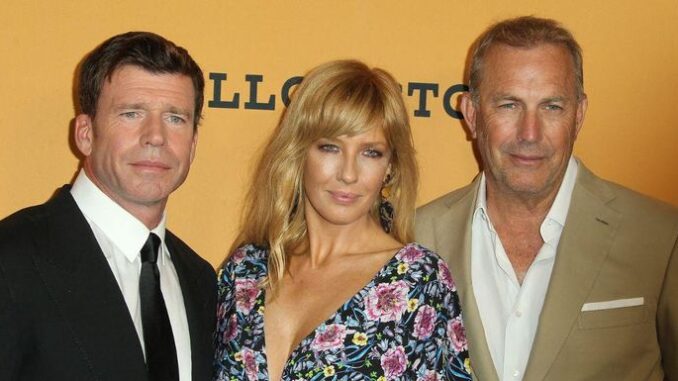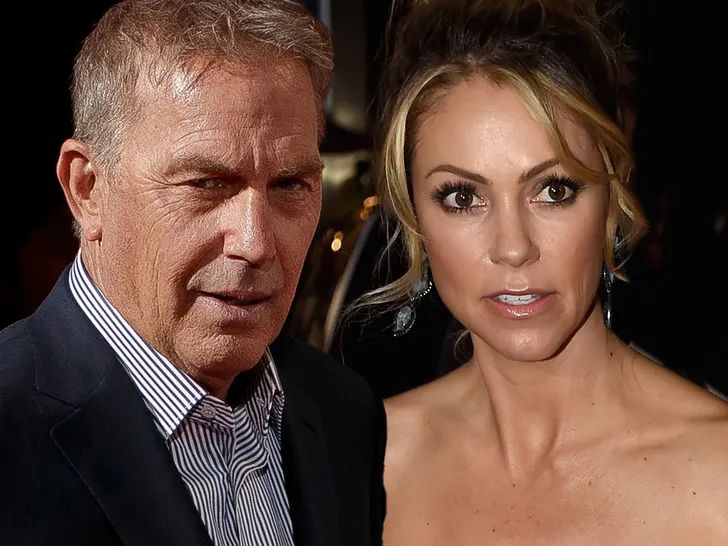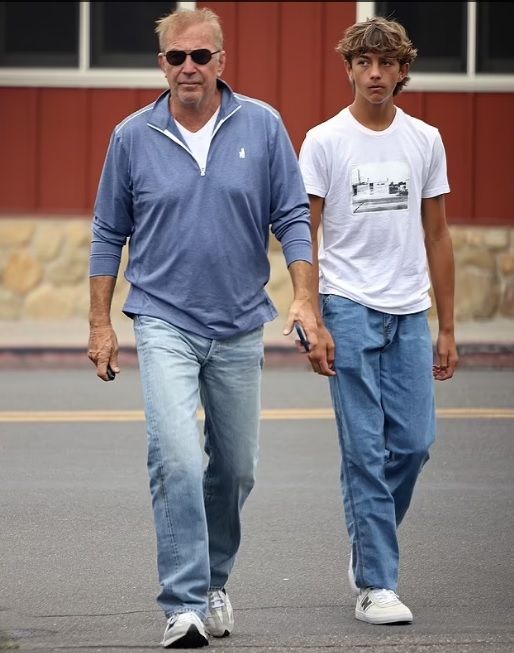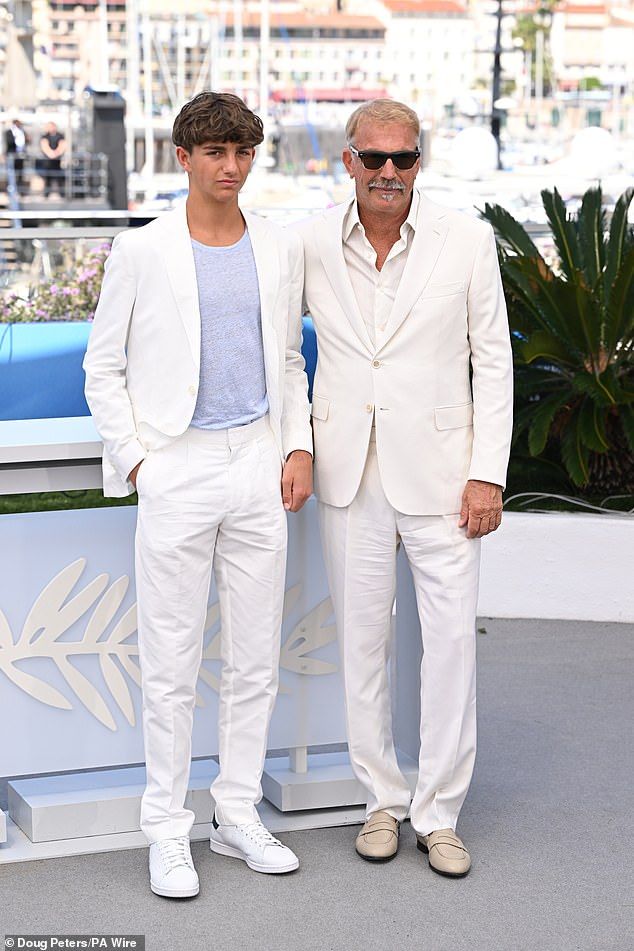
The Bold Confidence Behind Yellowstone’s Rise
You’ve probably heard it before: another Western is coming to TV. Most people groan. Another dusty, slow-paced, gun-slinging snooze-fest? No thanks.
But when Yellowstone dropped, it hit different. It had grit, it had edge, and it had Kevin freakin’ Costner. The mastermind behind it all, Taylor Sheridan, didn’t just roll the dice—he knew it would work. Why? Because, in his own words, it wasn’t a “sh-tty Western.”
Let’s break down exactly what made Yellowstone a cultural wildfire and why Sheridan was never worried about it flopping.

Sheridan Didn’t Want a Western — He Wanted a Revolution
Sheridan didn’t just want to write another Western. He wanted to burn the rulebook. While the genre had been gathering dust, Yellowstone set fire to expectations and built something bold from the ashes.
It Wasn’t Just Cowboys and Horses
Sure, there are cowboy hats. And yes, there are horses. But Yellowstone goes deeper—it’s layered with complex family drama, modern-day land wars, political tension, and characters so sharp they could cut glass.
Sheridan built a show where every character had weight. Nobody was filler. Every scene was meaningful.
Sheridan Knew What the Audience Craved
Most Westerns assume viewers want dusty bar fights and horses riding into sunsets. Sheridan knew that was outdated. Viewers wanted:
-
Raw emotion
-
Flawed but magnetic characters
-
Power struggles that feel real
-
Gorgeous cinematography with a bite
And Yellowstone delivered it all like a punch to the gut—beautiful, painful, unforgettable.
The Western Genre Was Broken — Sheridan Fixed It
Let’s be honest. By the time Yellowstone arrived, Westerns were on life support. Most recent attempts felt like lazy reboots of better films from decades ago.
Sheridan saw that and thought: What if I just made a damn good story that happened to be set in the West?
And that’s what he did.
Authenticity Was Key — And Sheridan Had It in Spades
This guy isn’t some Hollywood phony. Sheridan actually lives the lifestyle he writes about. He owns horses, works the land, and understands the world of ranchers on a level most screenwriters never could.
That realness bled into every scene. It felt lived-in, not made-up.
The Dutton Family Drama Hooked Us All
Let’s be honest: the Duttons are a mess. But that’s what makes them so magnetic.
-
John Dutton: a power-hungry patriarch with layers of pain.
-
Beth Dutton: a whiskey-slinging queen with a razor-sharp tongue.
-
Kayce Dutton: torn between two worlds.
-
Jamie Dutton: forever the outsider.
Sheridan didn’t just write characters—he wrote human storms. And people couldn’t look away.

Sheridan Refused to Write to the Lowest Common Denominator
Most shows play it safe. Sheridan? Not a chance. He trusted the audience to keep up.
From subtle metaphors to brutal moral decisions, Yellowstone doesn’t spoon-feed you. It throws you in the deep end and says, “Swim.”
And guess what? We loved it.
The Cinematic Quality Made It Feel Like a Movie Every Week
Sheridan didn’t skimp on visuals. Every frame of Yellowstone looks like it was pulled straight from a big-budget film.
-
Sweeping shots of Montana wilderness.
-
Haunting nighttime scenes.
-
Gritty, up-close emotional confrontations.
It was TV, sure. But it felt like cinema.
Taylor Sheridan Writes With a Knife, Not a Pen
Sheridan’s dialogue? Razor sharp.
He doesn’t waste words. Every line either builds tension, reveals character, or delivers a gut-punch of emotion. You don’t just watch Yellowstone—you feel it.
Why the “Sh-tty Western” Line Struck a Nerve
When Sheridan said he knew Yellowstone would succeed because it wasn’t a “sh-tty Western,” it hit home. He was saying what fans had been thinking for years:
Western TV had become lazy. But he wasn’t going to contribute to that. He was going to revive it.
He Wasn’t Just Writing a Show — He Was Building a Universe

Let’s not forget what followed:
-
1883: a heartbreaking prequel.
-
1923: gritty, raw, and even more expansive.
-
Lawmen: Bass Reeves, Mayor of Kingstown, and more.
Sheridan didn’t stop at Yellowstone. He built an empire. And that kind of foresight isn’t luck. It’s vision.
The “Anti-Hero” Trend Worked in His Favor
We love characters who break the rules. Sheridan leaned into that.
John Dutton isn’t a good guy. Beth definitely isn’t. But they’re real. That blurred morality makes for powerful storytelling—and fans ate it up.
He Took Risks. Big Ones.
Killing major characters? Check. Uncomfortable themes? Double check.
Sheridan didn’t play it safe—and that’s exactly why Yellowstone broke the mold.
Sheridan’s Style: Storytelling That Hits Like a Whiskey Shot
Watching Yellowstone is like sipping something strong. It burns a little. It’s bold. But it stays with you.
That’s Sheridan’s magic. He combines grit with heart, violence with vulnerability, and power with pain.
Conclusion: Yellowstone Was Destined to Win — Because Sheridan Refused to Lose
Taylor Sheridan didn’t stumble into success. He bulldozed his way into it with sharp writing, powerful characters, and a refusal to settle for mediocrity.
By avoiding the clichés of the genre and treating his audience like intelligent humans craving real stories, Sheridan didn’t just create a hit—he sparked a revolution.
Yellowstone isn’t just a Western. It’s a masterclass in storytelling. And it never once felt “sh-tty.”
